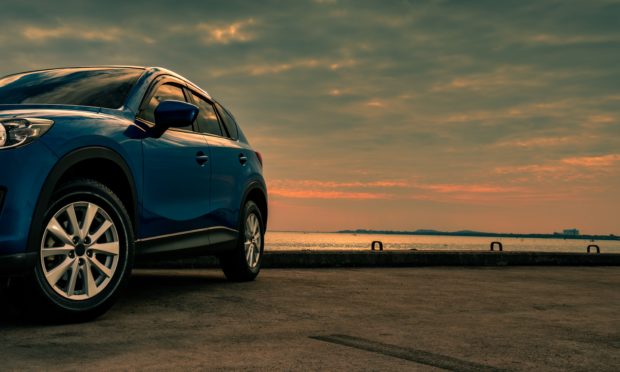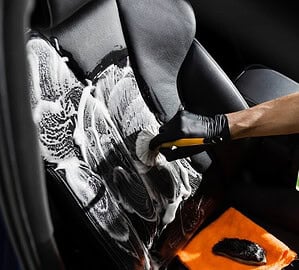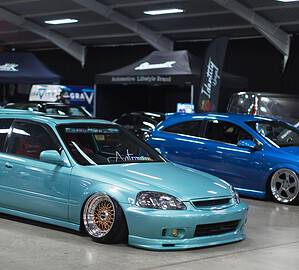Seemingly out of nowhere, the Sport Utility Vehicle (SUV) has become the darling of the American automotive marketplace.
How did this happen?
Let’s take a few minutes to learn why SUVs are so popular.

The “Cool” Factor
Auto experts will tell you a good station wagon or a minivan will carry just as many people and just as much cargo as (if not more than) the average SUV. In fact, minivans held much of the appeal SUVs now enjoy for families until the recent past.
Those vehicles came into vogue because station wagons had begun to be looked upon as dowdy relics of a bygone time. In other words, they lacked cool. However, as the generation that came of age during the minivan era grew up, they started regarding them the same way their parents did station wagons.
As a result, station wagons and minivans are all but dead.
The marketplace has embraced the SUV instead.
The “Crossover” Phenomenon
Sport Utility Vehicles were originally built on the same platforms their manufacturers used for trucks. However, this made them drive like trucks, which led to buyers complaining about ride comfort, space utilization and handling issues.
Learning from this, car companies started producing vehicles with the seating capacity and visual profile of SUVs — based upon car platforms. This made them easier to drive, more comfortable and improved their performance potential.
Today, the vast majority of SUVs on the market are based on cars and fall into the subcategory known as crossover utility vehicles.
In other words, they’re tall station wagons.
Carrying Capacity
Most SUVs are capable of seating at least five people. They also have folding rear seatbacks, so passenger capacity can be traded for expanded cargo capability. As a result, they’re ideal for large and small families alike.
Some SUVs even offer third-row seating to increase passenger counts to as many as eight. This allows them to haul larger families and their toys or groceries or whatever else an owner might see fit with relative ease.
Broader Profit Margins
While this reason is for manufacturers rather than consumers, it’s still solid. Basing those original SUVs on already existing truck platforms reduced costs significantly. A single chassis design could be put to multiple uses.
Profit margins expanded as those SUVs could then be developed more cheaply than cars, even while being sold at higher prices than cars. When crossovers came into vogue, builders repeated the strategy, this time using platforms they’d already developed for cars. Higher prices are also charged for crossover SUVs than cars, even though they’re on the same platforms. This keeps those healthier profit margins intact, as one can see even without a car finance calculator.
Think about it; when manufacturers like Bentley, Jaguar, Lamborghini, Maserati, Porsche, Rolls-Royce and — coming soon — even Ferrari see a justifiable case for offering a sport utility, enhanced profitability is afoot.
Safety Concerns/Driver Reassurance
A lot of people feel safer in larger vehicles. They want as much metal around them as possible so they can feel protected if they hit something — or if something hits them. Further, they believe the elevated seating position afforded by the SUV improves outward visibility.
However, the proponents of these elements tend to overlook the fact the SUV’s taller profile results in a higher center of gravity. This diminishes its handling capabilities, so avoiding accidents is a more difficult, particularly when compared to a car or a station wagon.
Still even if it’s just a psychological thing, many people feel more secure in SUVs than they do in cars.
Another safety factor is most SUVs offer all-wheel or four-wheel drive. This provides distinct traction advantages if you live in an area with extreme winter weather.
Style, Adventure and Youthfulness
Certain family needs always remain constant, regardless of the era. Today’s SUV drivers require many of the same capabilities of their parents’ station wagons. To that end, clever automakers have incorporated the added carrying capacity and easy handling of those vehicles into designs the contemporary automotive consumer has been convinced to believe are more reflective of their style, sense of adventure and youthfulness.
And, that’s why SUVs are so popular.



